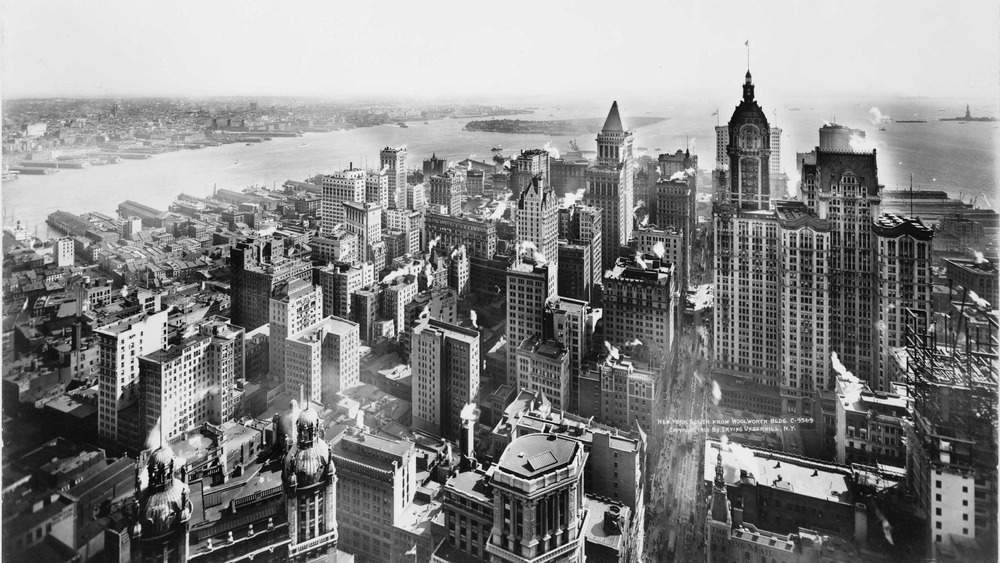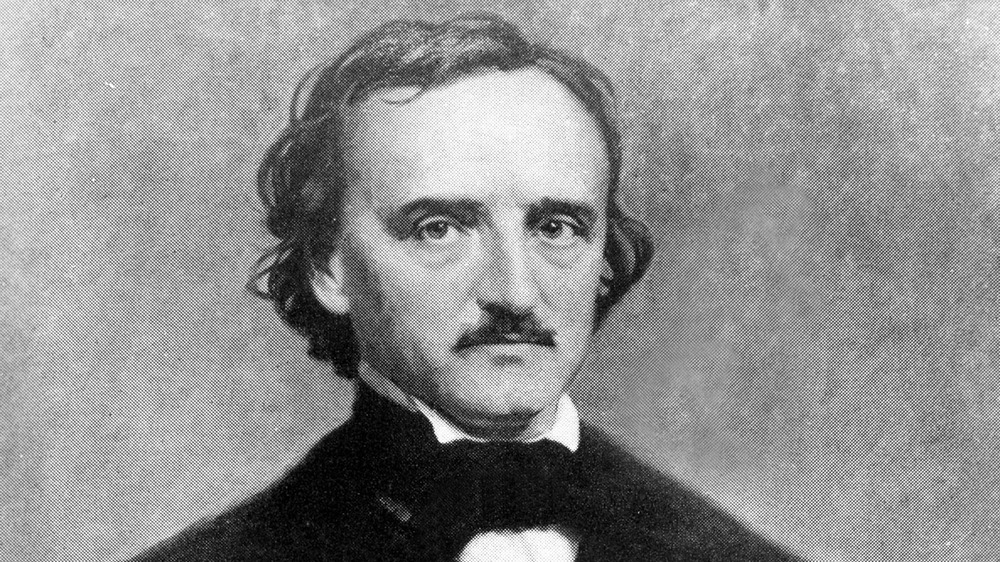The Sensational Murder Of The 'Beautiful Cigar Girl'
We may receive a commission on purchases made from links.
In the penny press, Mary Rogers had become known as the "Beautiful Cigar Girl." Her murder in the summer of 1841 in New York City was so mysterious that even Edgar Allen Poe tried to solve it in one of his short stories. But no one ever did, and it remains one of the city's most infamous unsolved cases.
In 1838, John Anderson, the owner of a tobacco shop in Lower Manhattan, hired Rogers to work his counter and tempt new gentlemen customers to enter — and he paid her a generous wage for it. Patrons would show up to Anderson's Tobacco Emporium to flirt with Rogers before plopping down money for cigars. She attracted literary figures, including James Fenimore Cooper and Washington Irving. And one admirer even published a poem in the New York Herald, referring to her star-like eyes, according to Daniel Stashower's The Beautiful Cigar Girl: Mary Rogers, Edgar Allan Poe, and the Invention of Murder.
But, then, one day in October 1838, Rogers disappeared. She stopped showing up to work, and nobody seemed to know where she was. A couple of weeks later, and without explanation, Rogers suddenly reappeared at the counter of Anderson's shop, according to Smithsonian Magazine. Some thought Anderson orchestrated the scandal as a publicity stunt. Whether or not he did, Rogers' fans filled the shop, leaving her overwhelmed by all the attention. Unable to handle it all, she stopped working for Anderson and took a job in her mother's boarding house.
Mary Rogers disappears again, but this time found murdered
In July 1841, Rogers went missing again. This time, two men in New Jersey spotted her lifeless body floating in the Hudson River near Sybil's Cave — a place for visitors to get cool water from a nearby natural spring. The bruises on her body and ligature on her throat led investigators to believe she was the victim of gang violence or a vengeful lover. The tabloids were fed a constant stream of new clues and latest suspects, and the public ate it up. But it was unbearable for her fiancé Daniel Payne, who had a verified alibi, but was also constantly harassed by the press, as Atlas Obscura points out. He later poisoned himself near Sybil's Cave, leaving a note: "To the World — here I am on the very spot. May God forgive me for my misspent life."
In a thinly-veiled attempt to solve the case, Edgar Allan Poe published The Mystery of Marie Rogêt, a murder mystery set in Paris. But with new evidence constantly surfacing, Poe's detective was never able to settle on a single suspect, Mental Floss notes. And that was true for the real investigators, as well. Anderson died in 1881 in Paris, claiming in his last days that he was plagued by Rogers' ghost. Before Payne ended his life, he, too, made claims of seeing Rogers after her death. And the public had their own strange theories. None of it turned up a murderer.

